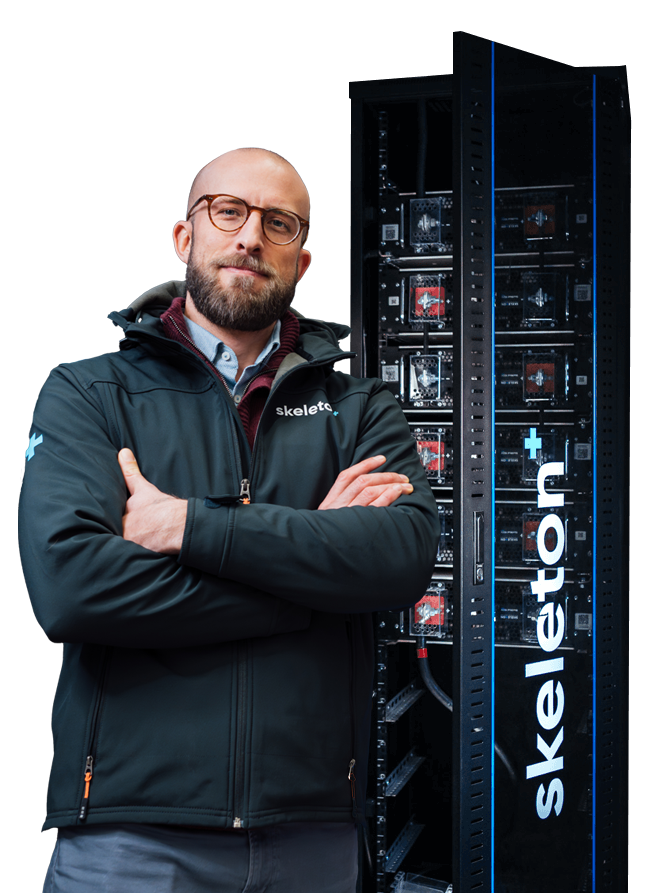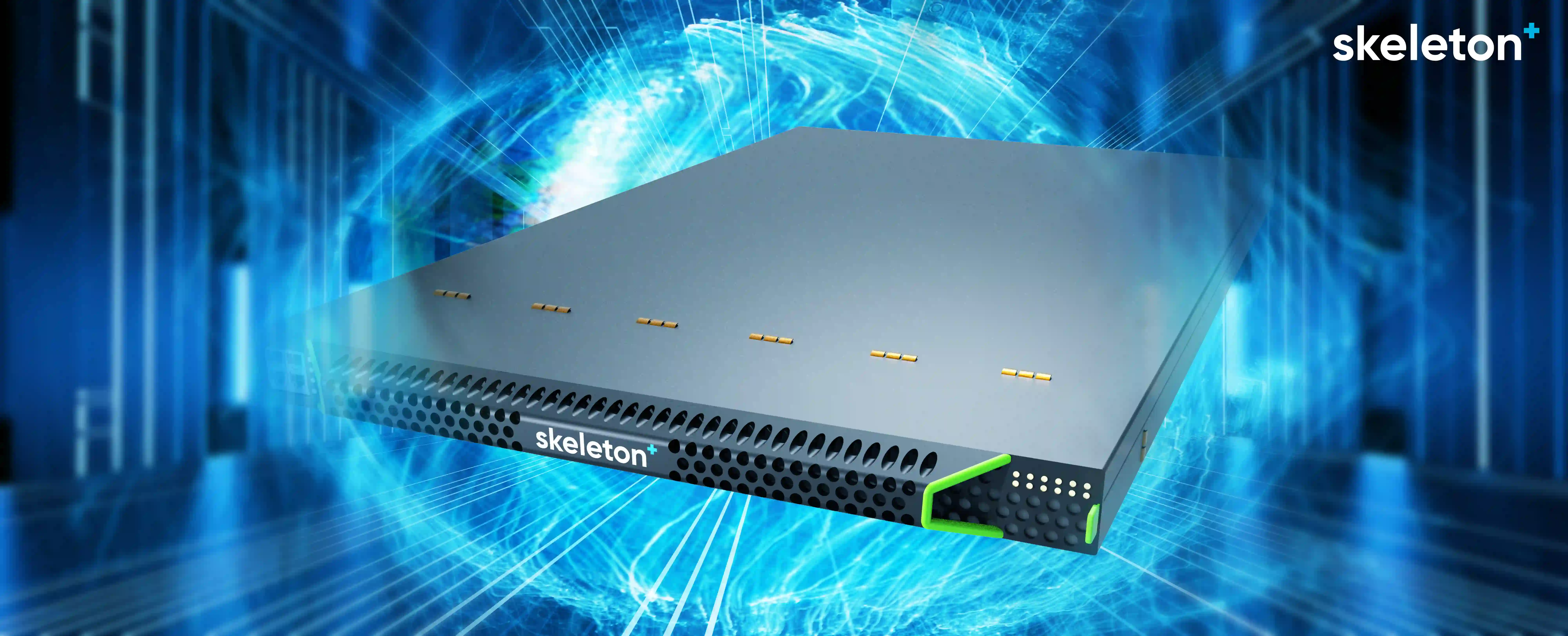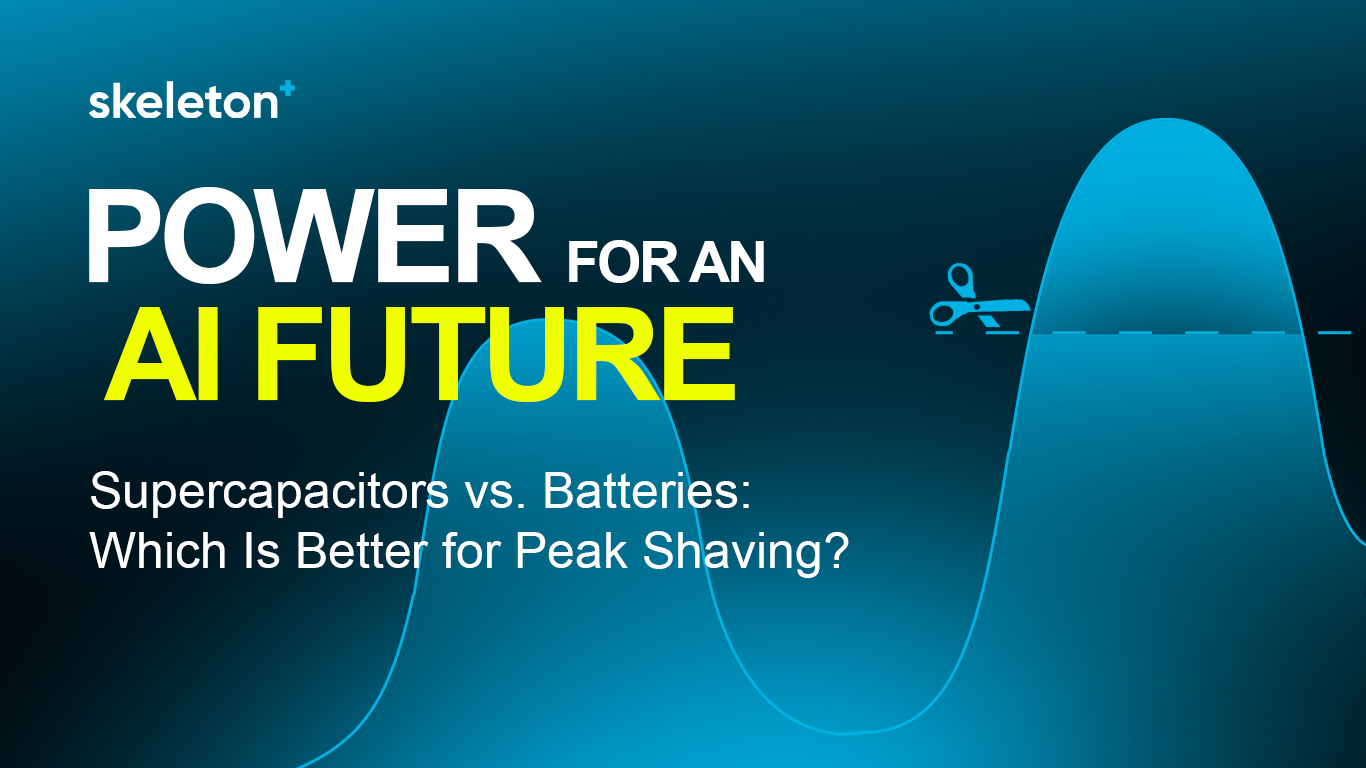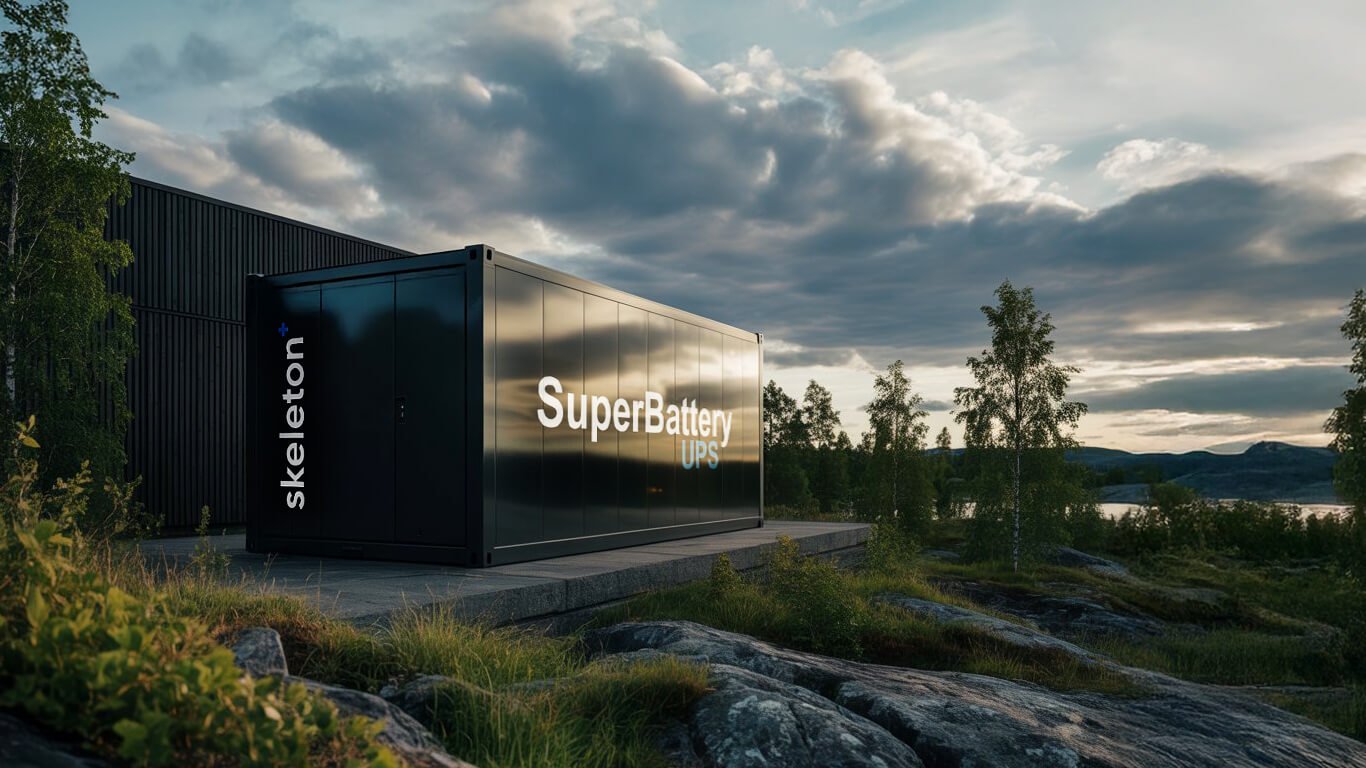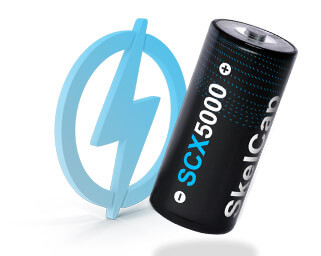
Wind turbine inertia - supporting the grid with active power
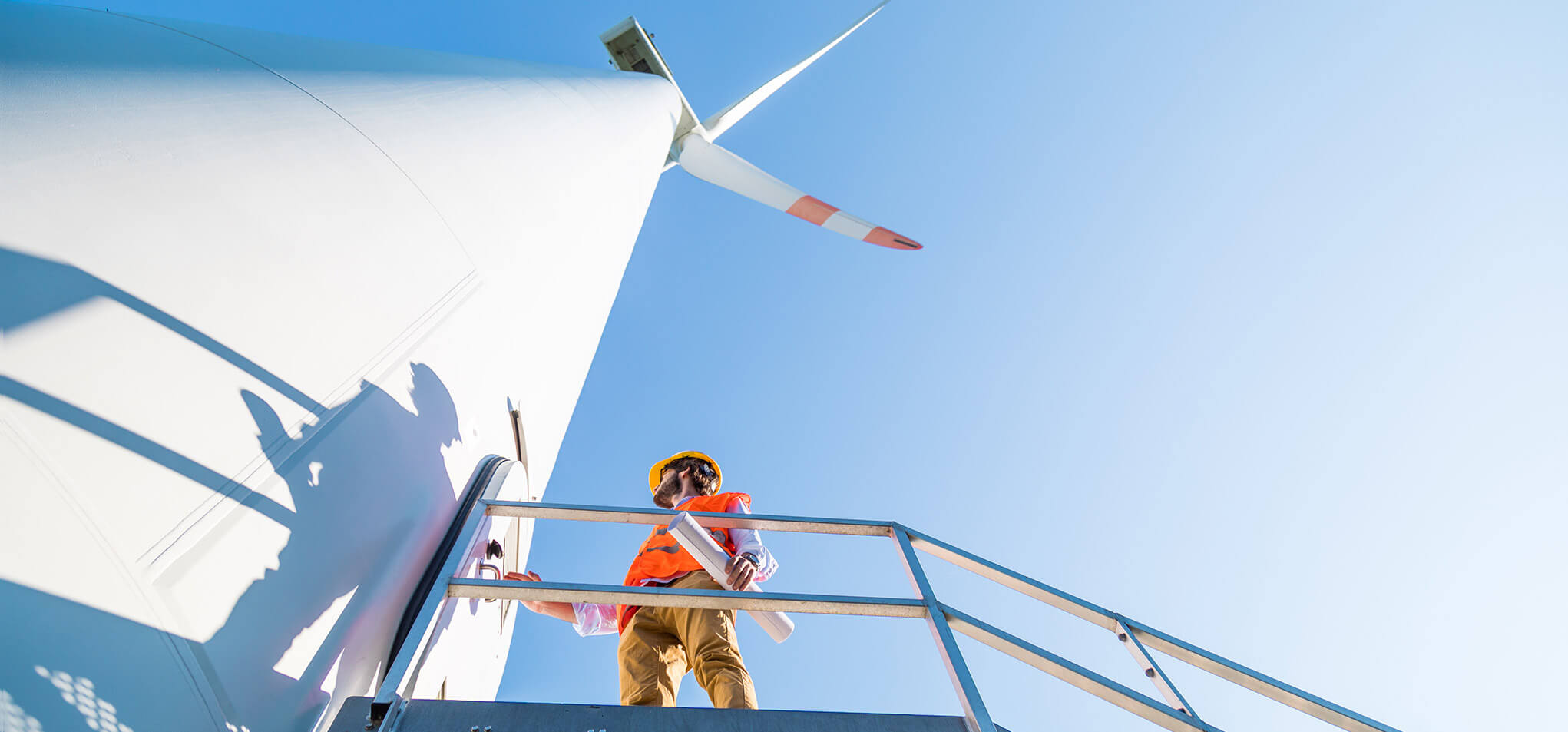
"Wind and solar will soon be cheaper than coal in all big markets around the world", reports The Guardian, based on the analysis of Carbon Tracker Initiative, and we are seeing similar headlines weekly, if not daily.
The era of renewable energy is truly here and we'll all be better for it. However, the problems brought on by the rise of renewable energy also become more serious when the market share of wind and solar energy production overtakes fossil fuels.
One of them is lack of inertia, and today we discuss specifically the issue of missing inertia when it comes to wind turbines.
Missing rotating masses
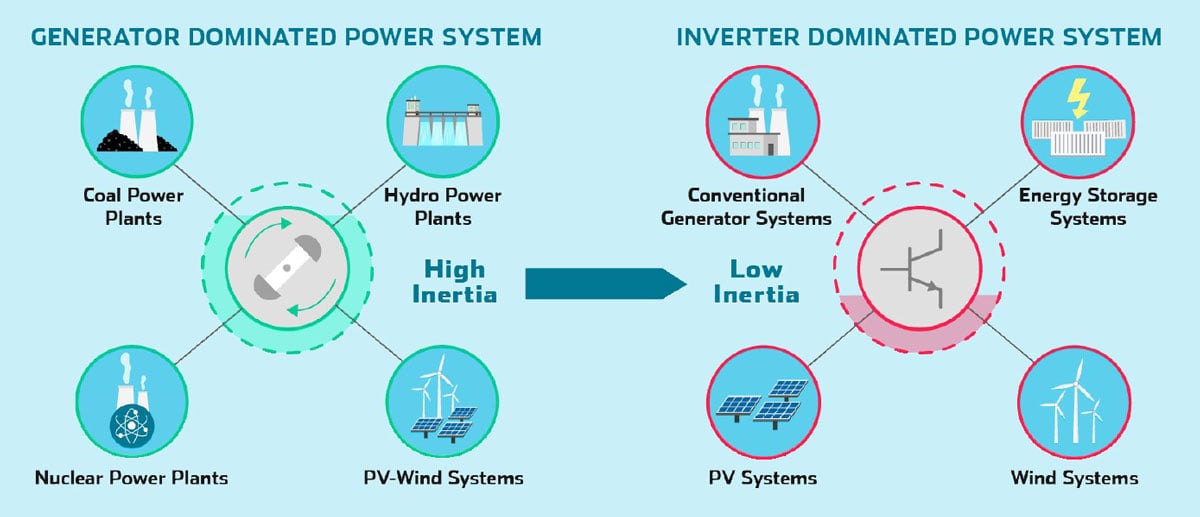
Traditional generator-dominated power systems using mostly coal, hydro, and nuclear energy provide high inertia and are able to respond to changes in frequency quickly and without issues. When we move to inverter-dominated power systems using energy storage, PV, and wind systems, the low inertia, lack of rotating masses, becomes a problem:
- the grid is weaker and more unstable
- power quality is low and there are high-frequency deviations
- there is a higher risk of load shedding or grid blackouts
There are several solutions to fix the problem:
- Wind turbine generators run curtailed to provide extra power, but unfortunately, this means less money for the wind turbine operator.
- Wind turbine generators use the rotors' inertia to provide extra power, but in this case, only reach 6-8% of the rated power of the wind turbine generator.
- Using ultracapacitors to provide extra power to emulate virtual inertia.
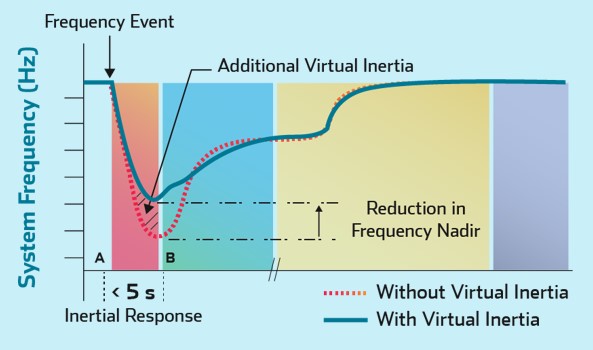
Our ultracapacitor energy storage can provide extra power to emulate virtual inertia, removing any possible frequency issues from the grid. One of the key advantages of ultracapacitors is their capability to respond to demand practically instantly, meaning ultracapacitors are ideally suited to stabilizing the grid frequency in virtual inertia applications. And as always, ultracapacitors offer a number of other benefits:
- High power density & low resistance
- Over 1 million cycles & longer calendar life: 20+ years
- -40°C to +65°C operating temperature range
- Considerably lighter than batteries for high-power applications
- Systems easily fully discharged for safe maintenance operations
- Simpler monitoring and system health checks for systems and modules
- Ultracapacitors do not leak or contain acid or lead
